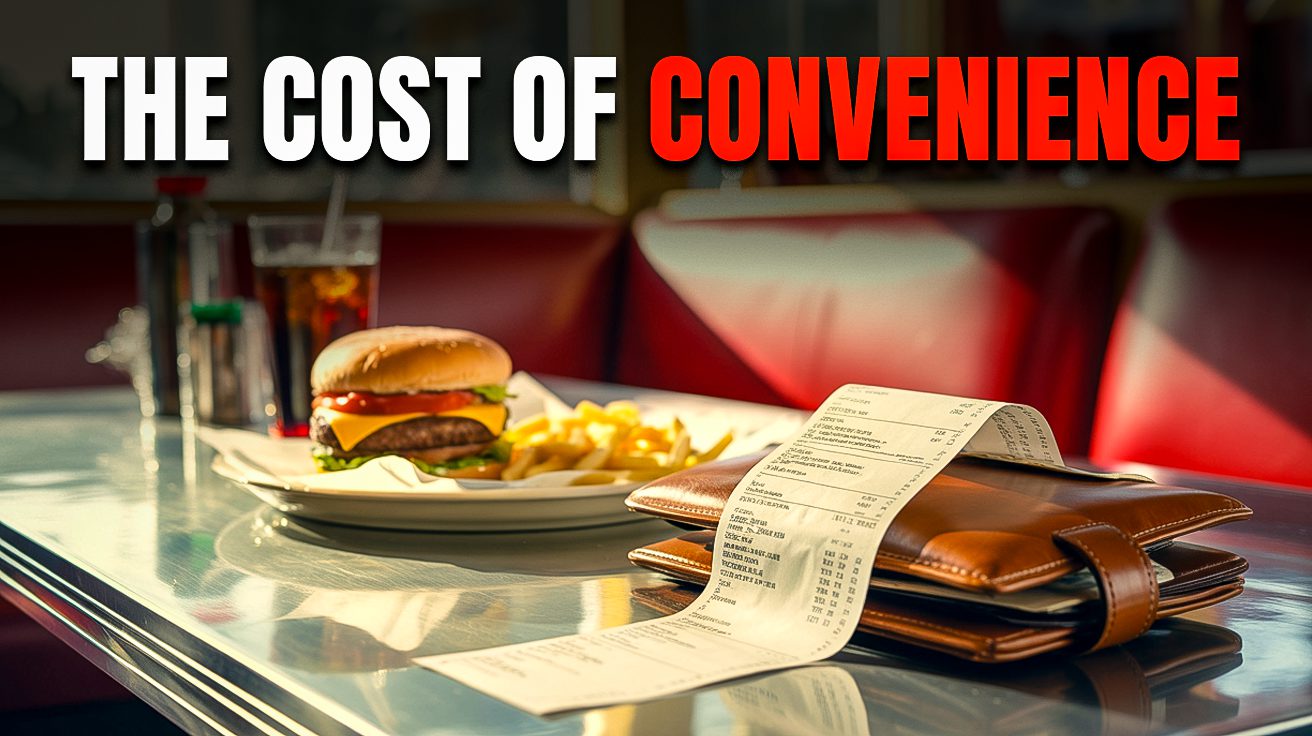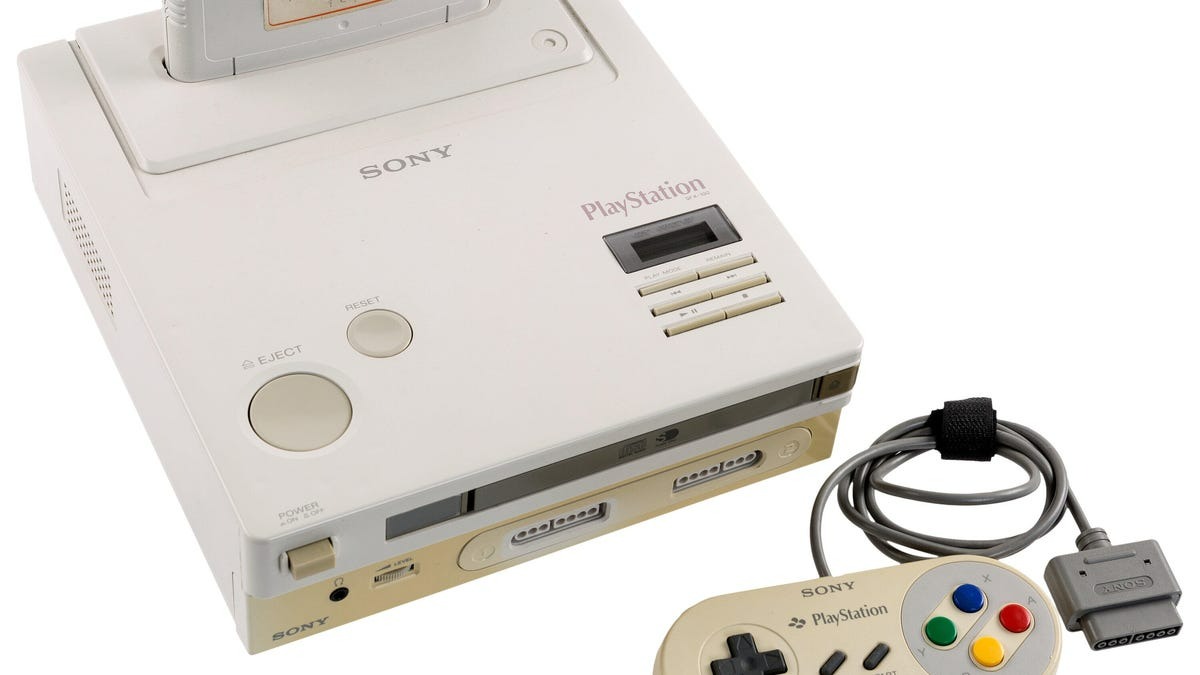Prices at national fast food chains have surged post-pandemic, outpacing both headline inflation and wage growth. The days of a cheap burger run are deader than a Tamagotchi. What once cost around $5–$7 now flirts with $12–$20, so you might be side-eyeing that drive-thru a little harder. This isn’t another doom-and-gloom lecture on spending habits. Instead, consider this your guide to dodging overpriced garbage. We’ve scoured the market, questioned the hype, and pinpointed everyday purchases that have become laughably bad deals. Consider it a financial glow-up that won’t require you to sell your kidneys.
1. Fast Food

You’re paying premium prices for the same old quality.
Ready to drop $12-20 on a single fast-food meal? That’s the new reality, where premium prices meet the same old quality. Quick eats used to be the budget king, but now, your wallet might be screaming louder than a toddler denied a Happy Meal. Convenience keeps you coming back, but let’s face it: you’re paying a premium for the privilege of not cooking.
So, what’s the alternative? Dust off those cookbooks! Whipping up a meal at home isn’t just healthier—it saves you a small fortune. You will be watching your neighbor stuck in the drive-thru while you’re enjoying a home-cooked feast for a fraction of the cost.
2. Restaurants

Average restaurant checks for two at casual spots routinely hit $50-$80 before tipping.
Customers report that average restaurant checks for two at casual spots routinely hit $50-$80 before you even think about tipping. That’s like going to a decent concert, minus the earplugs and questionable band tees. Cooking at home isn’t just healthier; it’s also easier on the wallet than navigating those menus.
Picture this: you’re staring down a bill, mentally calculating the tip, and wondering if you could’ve made a better meal at home for a fraction of the cost. Financial advisors say a large portion of restaurant spending is avoidable.
3. New Cars

The moment you drive off the lot, your car sheds about 20% of its value.
The moment you drive a new car off the lot, it sheds about 20% of its value, like a snake shedding skin—only less useful. You’re essentially paying interest on an asset that’s actively shrinking, which is less “status symbol” and more “financial anchor.” Ever seen someone flex a depreciating asset? Probably not, unless they’re also trying to sell crypto.
Why drop so much cash on something that loses value faster than a fruit fly’s lifespan? Instead of chasing that new car smell, consider snagging a reliable used car. You can often find models just a few years old at half the price.
4. Branded Luxury Clothing

Minimal quality difference, maximum brand markup.
Shelling out $200 for a plain t-shirt when a perfectly serviceable $10 version exists? That’s the luxury clothing game: minimal quality difference, maximum brand markup. You know how it feels, walking around like a billboard. Are you buying a better shirt, or just paying rent to the logo?
Turns out, marketing has you seeing dollar signs. Before you max out the credit card trying to look rich, remember this: perception isn’t reality, and sometimes, the emperor’s got no clothes—just a very expensive label.
5. Vacations

Booking a trip feels like playing The Hunger Games for reasonably priced seats.
Airline fares spiked in late 2024 thanks to reduced capacity and pricey jet fuel. Now, booking a trip feels like playing The Hunger Games, except instead of fighting for survival, you’re battling other families for the last reasonably priced seat. Influencers online make it seem like everyone’s living their best life in Santorini, racking up debt for a highlight reel that’s more fiction than reality.
Rather than finance the next influencer vacation, consider the underrated charm of local escapes. A weekend in your state’s forgotten corner might be just the ticket—and far less likely to leave you eating ramen until your next paycheck.
6. Streaming Services
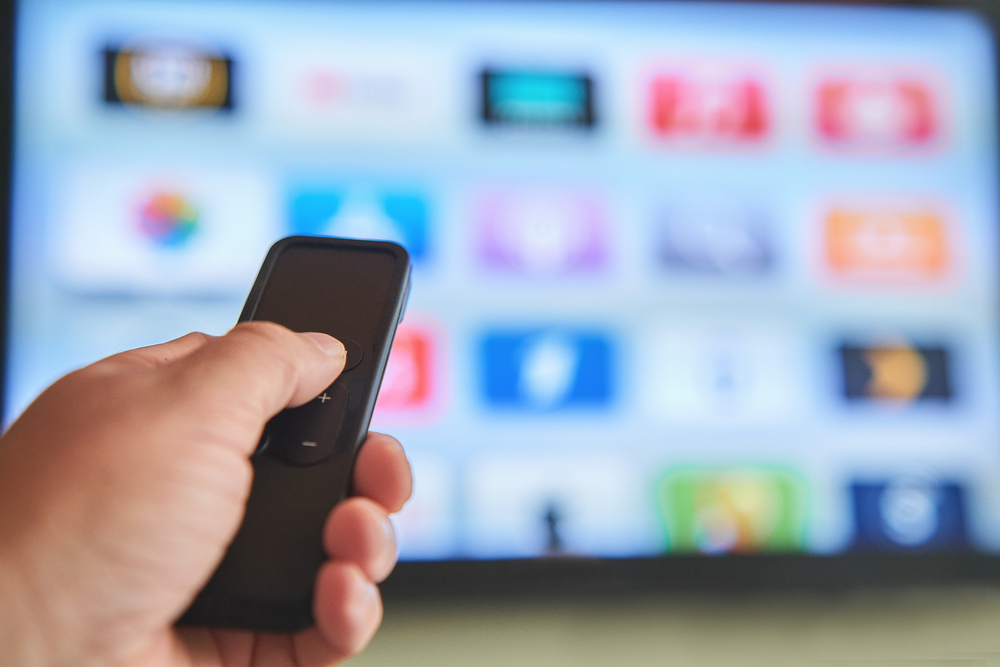
Subscriptions rack up bills of $60–$80 per month, nickel-and-diming you like a shady landlord.
“Most households pay for multiple streaming services,” and it’s nickel-and-diming you like a shady landlord. Subscriptions can rack up bills of $60–$80 per month, and half of those services are probably ghosting you, anyway. Cable TV? That’s the ex you keep going back to, even though it costs around $150 per month and always lets you down.
Time to cut the cord (again) and get real about your viewing habits. Think of what you could do with that extra cash—invest it, save it, or buy that giant inflatable T-Rex costume you’ve been eyeing.
7. New Electronics
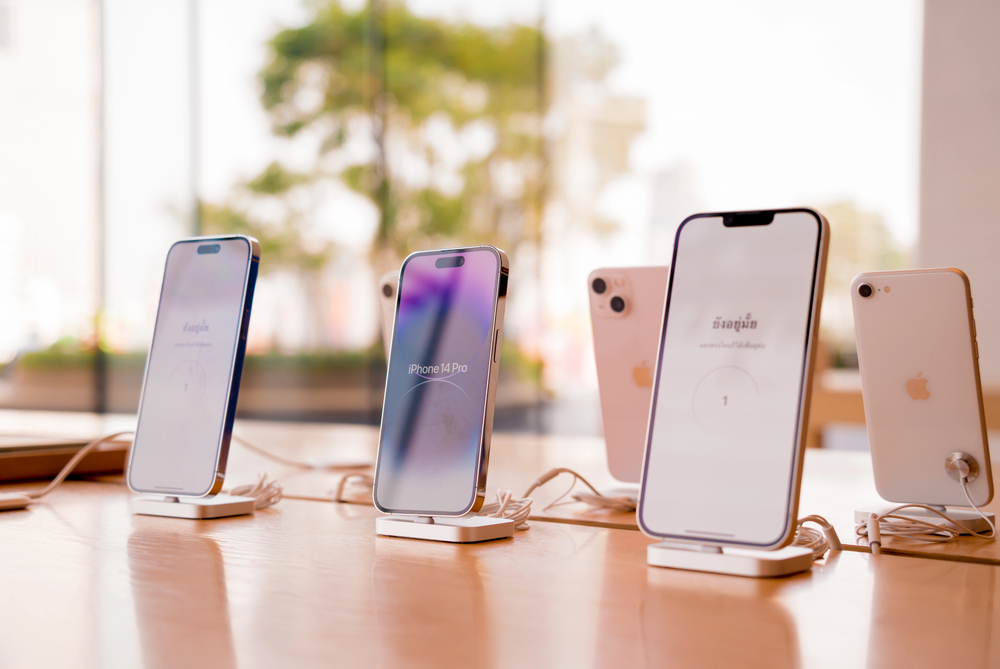
Getting a new iPhone annually is like buying a new tuxedo for every black-tie event.
Some studies show that folks replace electronics every year, like clockwork, despite functional older devices. Think of it like this: getting the new iPhone annually for $1,000 or more is like buying a new tuxedo every time you get invited to a black-tie—sure, the new one might be marginally better, but is it worth the cost?
Your buddy Brian’s still rocking his perfectly functional iPhone 8 while you’re shelling out for the latest model just to stay in the iMessage group chat. Keeping devices longer can save you a bundle, letting you spend hard-earned cash on something genuinely thrilling… like paying off student loans.
8. Branded Household Goods
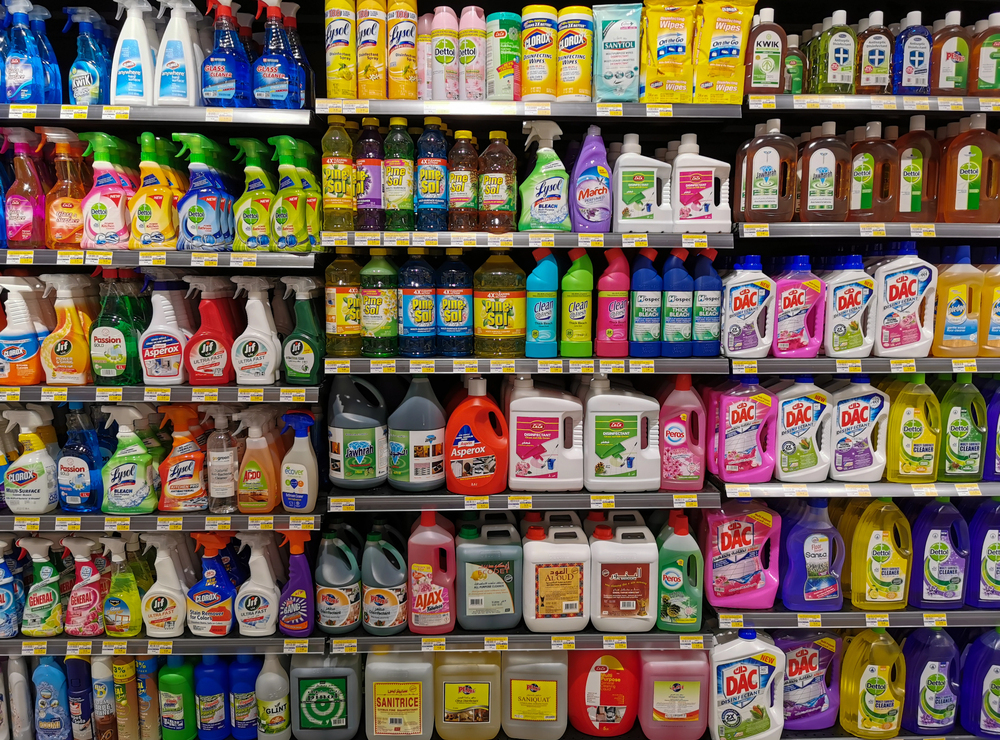
Generic cleaning products kick just as much ass as the fancy, branded ones.
Ever notice how generic cleaning products seem to kick just as much ass as the fancy, branded ones? Like, is there really a difference, or is it just the marketing that’s doing the heavy lifting? A spatula set recently purchased proved that cheap ones work just as well as the Instagram-worthy ones, because a spatula is a spatula is a spatula.
Save the cash for something that matters. Your pad will look cooler, and you’ll have more money for whatever the kids are into these days.
9. Status Spending

Real wealth is about what you keep, not what you show off.
“Conspicuous consumption of valuable goods is a means of reputability to the gentleman of leisure,” said economist Thorstein Veblen way back in 1899. You know the type: they’re rocking a blingy Rolex, toting a designer bag that probably cost more than rent, and cruising in a luxury car that depreciates faster than you can say “lease payment.”
Often, these insecurity-driven purchases aren’t backed by actual wealth building. Remember that coworker who blew their bonus on a status car? Now they’re eating ramen to make the payments while you’re quietly investing in your future. Real wealth is about what you keep, not what you show off.


